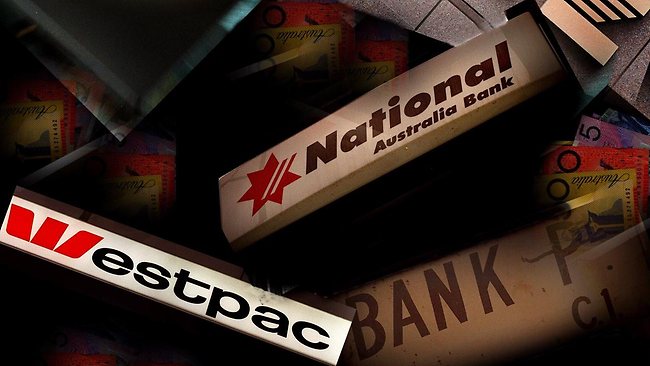Publicity could really make an impact in marketing your business, but sometimes it is overlooked for some reasons. But no matter what, experience shows that publicity works, and it works really great.
Anatomy of PR
PR is an effective tool of marketing your business through a handful of its various components, the reasons of which are converged into a single goal, to create an image that is strong and successful. PR is a combination of strategies in channelling your message about your products and services, and publicity is just one of its many components. Publicity is created through using the powerful influence of the media.
What does a PR do?
PR introduces great opportunities for a business to grow in great proportions. That is the reason why various companies make good use of its power for marketing. The following are a few of its many uses:
- It generates a number of customers
- It increases the business’ capacity
- It is a great tool to shave off competition
- It builds your profile to make it stronger;
- It gets the works done in half the cost, or no cost at all.
How does free publicity work
Free publicity definitely holds a lot greater credibility than paid advertisements, but you will have no assurance that your piece of work will even get noticed. When you submit an article, there is no way of telling whether it gets to be published or not because it is the editor’s call whose and what articles are newsworthy to be posted or printed.
You may hire a PR consultant to do your job for you in this stage. You may outsource the task of building your profile to ensure regular admission and approval of your marketing materials.
Making your media release work
- Think of a significant thing about you and your business, and turn that into a statement as your standard slogan
- Use impressive and unique titles
- Make a one liner selling statement
- Create a relevant and comprehensive content
- Place nice-sounding quotes
- Include important details in your media release
- Do not be lengthy in your approach, keep your release in not more than one page
- Create your data base
- Suggest a photo session
Synchronised techniques
A successful marketing could be the result of your comprehensive marketing efforts. It is not a direct result of a single method, but rather a collaborative effect of all the other essential techniques. If everything is done according to the planned scheme, then public relations will most likely produce great results for the business. Publicity may not necessarily produce dramatic increase in sales, but it helps build the profile of a business which could be beneficial in achieving a long term goal.










